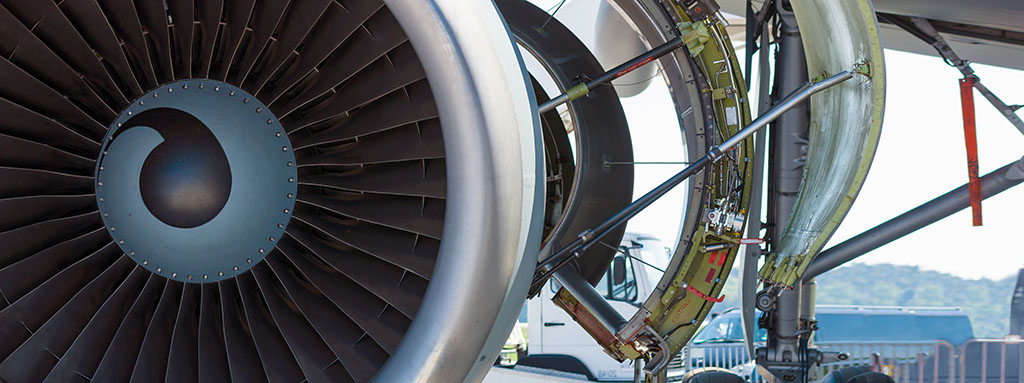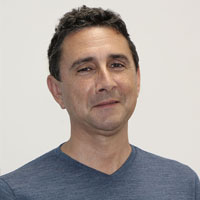Superplastic… it is not a global solution to eliminate this troublesome waste product of human activity; nor is it a new material with impressive qualities; however, this does not mean that superplastic forming technology is any less spectacular than its name seems to indicate.
Superplasticity technology provides viable solutions in some areas of the aerospace industry. Superplastic formings of titanium let us obtain highly complex parts with excellent mechanical characteristics.
Superplasticity is the property of extreme ductility of some metallic and ceramic materials under certain conditions of grain size and temperature. In essence, they have the capacity to develop large permanent deformations without breaking, which allows complex-shaped parts to be manufactured through a continuous deformation process. The material subjected to this technology stretches much more than the plastic deformation limit under normal material conditions, sometimes reaching up to 8000% (80 times its original size).
The term superplasticity was invented by two researchers from the former Soviet Union, Bochvar and Sviderskaya, in 1945, when investigating properties of a Zn-Al alloy under certain conditions.
There is a material that is widely used in the aerospace industry due to its characteristics of hardness, resistance to high temperatures and low weight: titanium and its alloys.
But classical machining and welding with titanium is very complicated, and complex geometries can sometimes be practically impossible to achieve.
Superplastic forming of titanium avoids these problems and achieves geometric solutions that are almost impossible with other types of forming. If we add diffusion welding to this, we obtain highly complex parts with excellent mechanical characteristics.
But where does superplastic forming occur? In NASA perhaps?
Actually, you don’t have to go that far. There is a superplastic forming area at the Airbus plant in Puerto de Santa María (Cadiz), where among other parts they manufacture leading edges for the Airbus A400M super-transporter and metalwork for the famous fan cowls (covers for aircraft engines), which are built for Airbus and Boeing almost exclusively by that plant.
However, superplastic forming does present some problems that prevent its widespread use on a larger scale. Expensive pre-forming operations, such as the preparation of fine-grained materials and heating them to the desired forming temperature, are some of these issues. In addition, because its speed is controlled and limited, the process relatively slow and unsuitable for the production of a high volume of (for example) automotive components. However, the technique provides a unique tool for forming light alloys and, despite the obstacles and challenges along the way, it still offers significant advantages and merits over conventional forming techniques.
Today, the theoretical context of superplasticity is not fully defined and is still undergoing research. However, what is certain is that it is already providing solutions in many different areas of the aeronautical industry.



